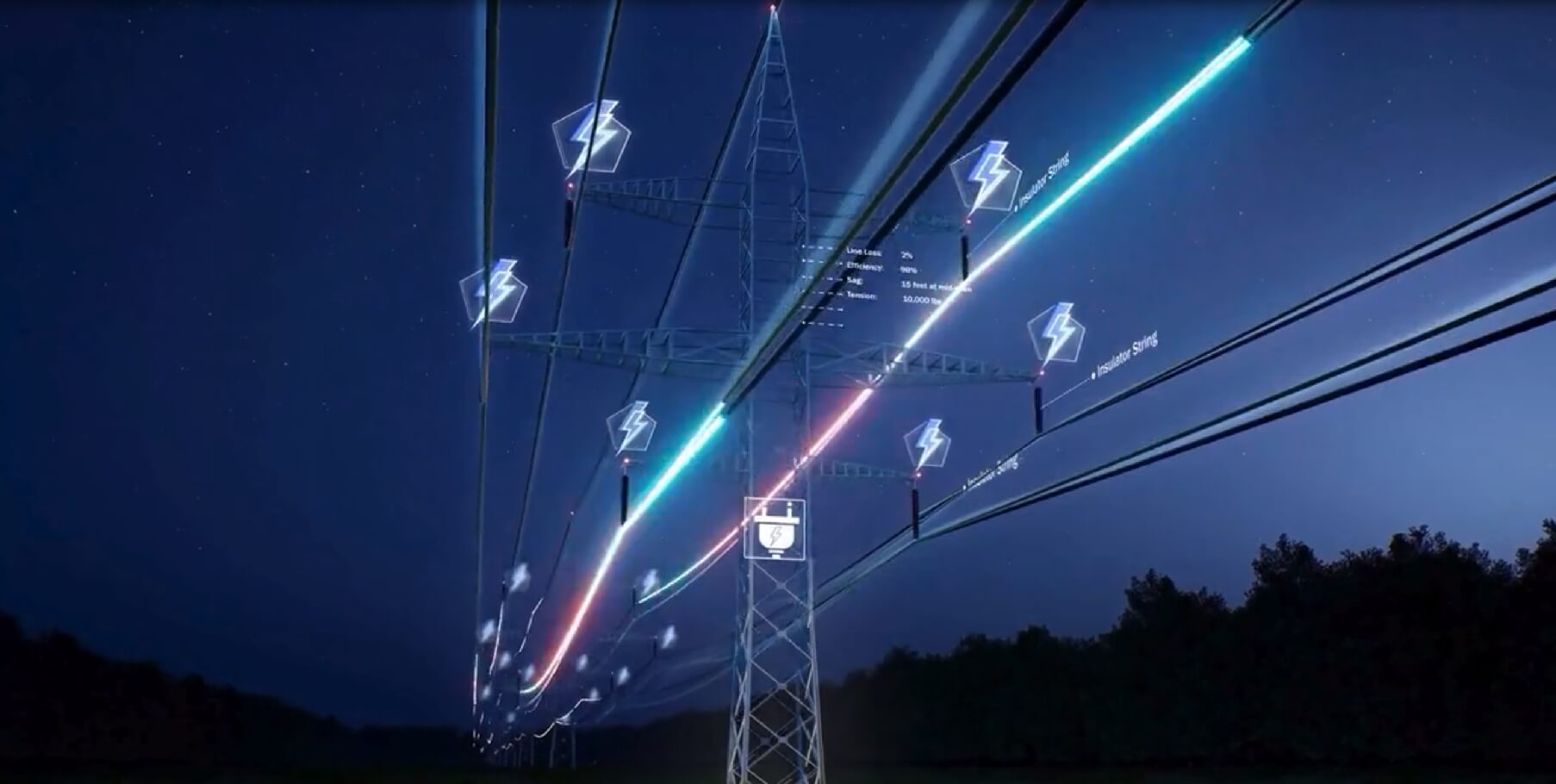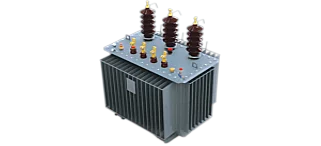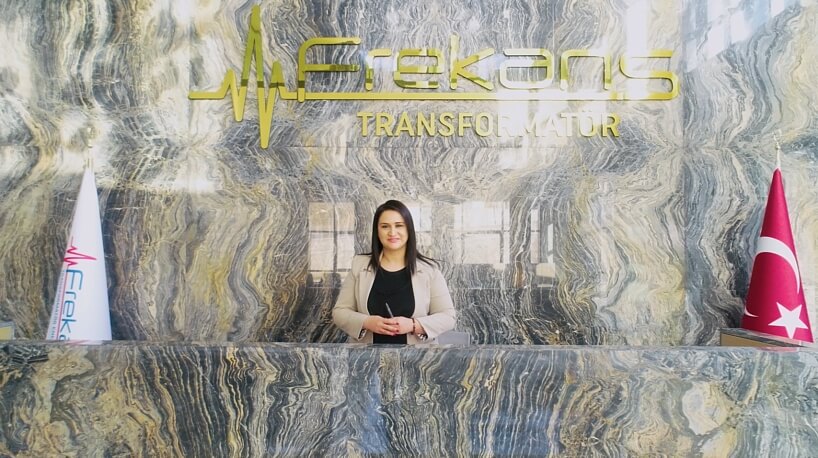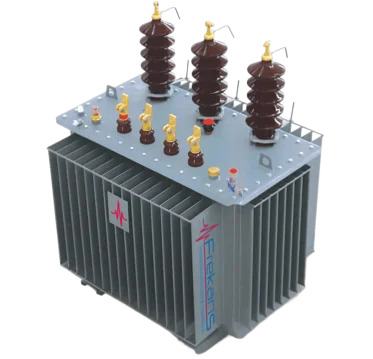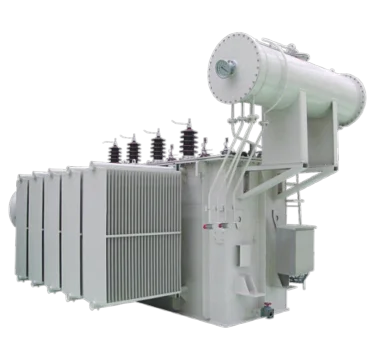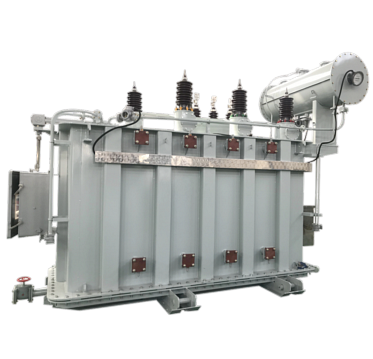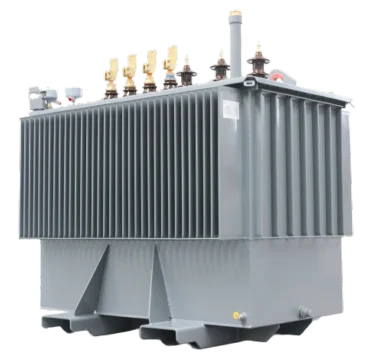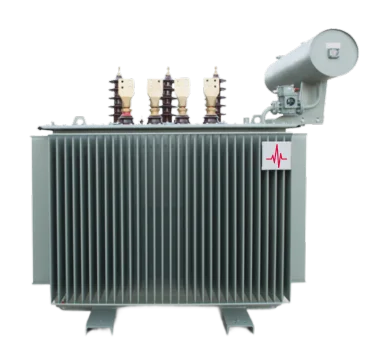FREQUENCY TRANSFORMER - TRANSFORMER CENTER
FREQUENCY TRANSFORMER, we design and manufacture MV/LV transformer substations in kiosk or container form with a turnkey approach. We offer IEC-compliant, compact, safe, and fast-starting solutions for distribution, solar power plants/wind power plants, power plants, and industrial projects.
Why a Frequency Transformer?
- One-stop solution: RMU + Transformer + LV panel + SCADA/RTU integration
- Speed and flexibility: 24–48 hour preliminary quote, short production cycle, scheduled shipment
- Security and compliance: IEC/EN, local distribution company specifications, and fire safety
- Speed on site: Plug-and-play installation after Factory Acceptance Test (FAT), minimal on-site work
- Europe-focused logistics: Delivery in accordance with Incoterms, appropriate packaging, and customs support
Solution Types:
- Kiosk (concrete or metal) transformer substations
- Container-type mobile/portable transformer substations
- Double-compartment/three-compartment layout: MV switchgear – Transformer – LV distribution
- Open-field modular transformer platforms on skids/pallets
Components and Integration:
- MV side: RMU with load break switch/protection, measuring switchgear, metal-enclosed modular switchgear
- Transformer: Oil-immersed (hermetic/with expansion tank, ONAN/ONAF) or dry-type (AN/AF), 100 kVA–40 MVA
- LV side: Switchgear and MCC panels, compensation/filter panels, metering and metering modules
- Protection and control: Relays, secondary circuits, grounding bars, interlocks and interlocks
- Monitoring/SCADA: Dry contacts, Modbus/IEC 61850 gateways, remote monitoring interfaces
- Auxiliary systems: Lighting, HVAC/filtration, fire detection/extinguishing, cable trays
Technical Specifications:
- Voltage levels: MV 6–36 kV; LV 0.4–1 kV
- Short-circuit resistance: Complies with local DSO requirements, 16–31.5 kA typical
- Protection class: IP23–IP55; indoor/outdoor enclosure (C3–C5-M)
- Temperature/climate: -25/+50°C standard; special solutions for extreme climates and corrosion
- Seismic design and EMC: According to regional requirements
- Cable entries: Bottom/top, cable well, and flange/cap options
- Tests: Routine and type tests, dielectric tests, functional FAT; customer-witnessed
Application Areas:
- Grid MV/LV step-down stations, distribution company sites
- SPP/RES stations, step-down/step-down intermediate centers
- BESS and microgrid projects
- Industrial facilities, mining, construction sites, temporary energy needs
Engineering and Project Support:
- Single-line diagram, short circuit, and load flow studies
- Grounding, potential equalization, and step-touch voltage analysis
- Protection coordination and relay setting files
- Layout, cable route, and civil infrastructure interface drawings
- Commissioning procedures and field training
Importer/EPC Advantages:
- Fast quote and technical clarification list (24–48 hours)
- Country-specific nameplate and design adapted to DSO standards
- EXW, FCA, CPT, DAP delivery; customs and packaging documentation
- Repeatable platform architecture for synchronous shipping and multiple sites
Frequently Asked Questions:
- Delivery time? 6–12 weeks depending on configuration; semi-stock modules are possible.
- Concrete or metal kiosk? Let's choose together based on climate, vandalism risk, and transportation.
- Oil-filled or dry-filled? Let's decide based on fire safety and TCO criteria.
- Noise target? Low-noise designs complying with local dB(A) limits are available.
Call to Action:Contact us with a single-line diagram, power/voltage values, and site conditions for your transformer substation needs. Let's secure your project with a fast quote, clear deadlines, and reliable delivery.






